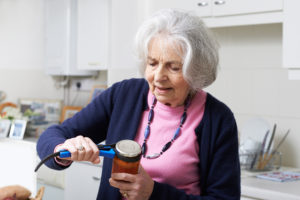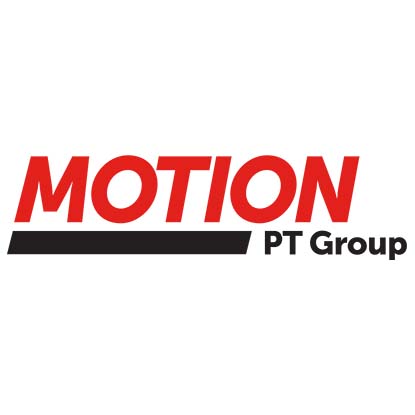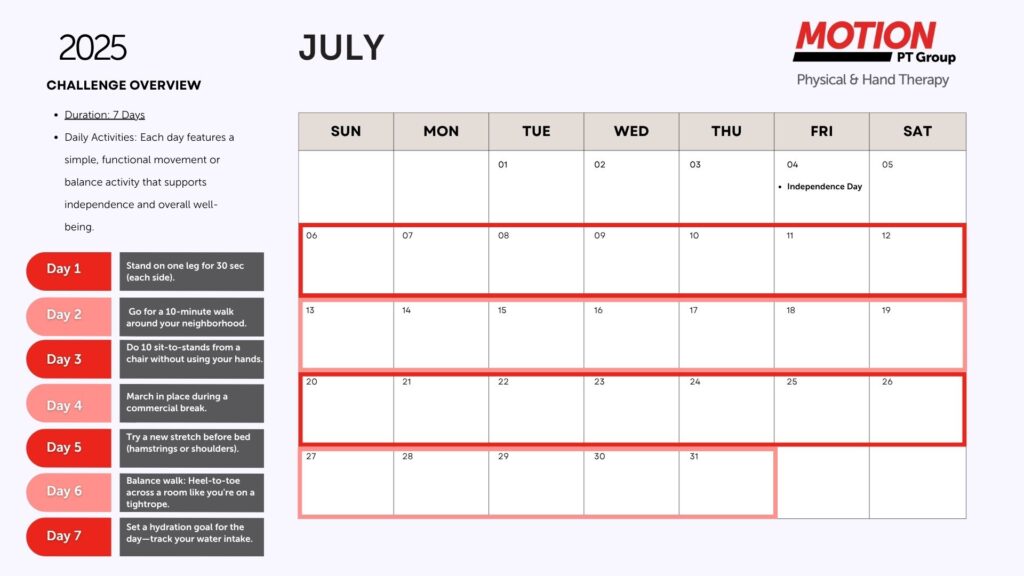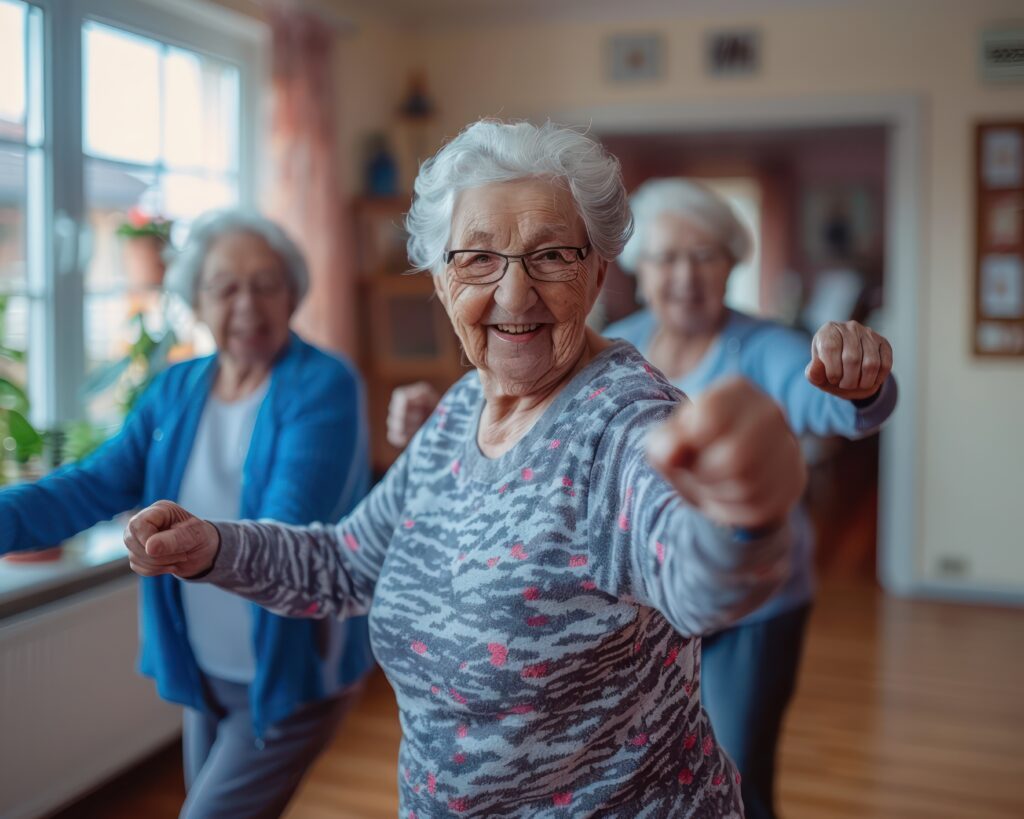Assistive Technology Proves Critical to Independent Living

As you age, daily activities may become more difficult or impossible to complete independently. For example, arthritis in your hands can make opening tight jars painful. A broken elbow might limit your ability to reach for and grasp items. A stroke affecting your ability to move one side of your body can make manipulating buttons or zippers a daunting task.
What is Assistive Technology?
Fortunately, there are tools designed to help you with these activities. Assistive technology, or adaptive equipment, is any item, piece of equipment, or product system that is used to increase, maintain or improve the functional capabilities of older adults as well as people with disabilities.
So important has assistive technology become that March 27 has officially been designated National Assistive Technology Awareness Day by the 116th United States Congress.
According to the resolution, the Senate “commends assistive technology specialists and program coordinators for their hard work and dedication to serving people with disabilities who are in need of finding the proper assistive technology to meet their individual needs; and professional organizations and researchers who are dedicated to facilitating the access and acquisition of assistive technology for people with disabilities and older adults in need of assistive technology devices.”
The Centers for Disease Control and Prevention (CDC) has reported that, among adults 65 years of age and older, two in five have a disability. The most prevalent disability types for older adults are hearing, mobility, and independent living disabilities.
Examples of Assistive Technology
People can use assistive technology — which includes both high-tech and low-tech devices — to assist them in being more independent, whether that’s in the community, workplace, classroom, or at home.
Examples of low-tech options include items like ergonomic jar and bottle openers, reachers, built-up handles, and button/zipper hooks. Mid-tech equipment refers to devices that may require batteries or a circuit, like battery-operated magnifiers or adapted keyboards. High-tech equipment refers to more complex systems that often require skilled training to master, such as power wheelchairs and communication devices.
ADL vs IADLs
Depending on your limitations and needs, you may require different kinds of assistive technology in activities of daily living (ADL) and instrumental activities of daily living (IADLs). ADLs are activities oriented toward taking care of one’s own body, while IADLs are activities that support daily life within the home and community.
Examples of ADLs include bathing, toileting, and dressing, and IADLs include driving and community mobility, meal preparation, and shopping.
“Occupational therapists utilize assistive technology to enable individuals to achieve independence in their daily routines,” said MOTION Occupational Therapist Meagan O’Connor. “What may seem like a simple task to some poses a great challenge to someone with an injury or disability. Something as simple as recommending a pencil grip to someone with a painful condition, such as arthritis, can allow these individuals to write with greater ease. Proper use of assistive technology has the potential to improve the quality of life of individuals with disabilities. Occupational therapists have the knowledge and skillset to educate and train these individuals on the use of this technology to increase their independence.”
New York State, through a federal grant from the U.S. Department of Health and Human Services Administration for Community Living (ACL), also administers the Technology-Related Assistance for Individuals with Disabilities (TRAID) Program. The TRAID Program’s mission is to coordinate statewide activities to increase access to and acquisition of assistive technology. For more information about occupational therapy, please see https://www.aota.org.
MOTION occupational therapists provide individualized assessments for AT on a daily basis, using both low-tech and high-tech devices during treatment to help our clients meet their goals and get back to what moves them. To find a MOTION location near you and request an appointment with an occupational therapist, visit https://motionptg.com.




